Disclosure: This article contains affiliate links. We may earn a commission from purchases at no extra cost to you, which helps our travel content.
As someone who has navigated both Frankfurt's precision-engineered streets and rural Mexican pueblos, I've developed a sixth sense for spotting the historical layers that most tourists miss. Chicago - that magnificent beast of American architecture and ambition - holds so much more than its postcard skyline suggests. While families flock to Navy Pier and The Bean, the echte (real) Chicago waits in overlooked corners, whispering stories that connect us to the city's complex past. Having explored Chicago multiple times during layovers and dedicated trips, I've compiled this guide to help families discover historical treasures that won't drain your wallet but will fill your conversations for years to come. Pack your walking shoes and prepare your curiosity - we're about to explore Chicago's forgotten chapters during the perfect spring weekend when the city shakes off winter without yet succumbing to summer crowds and humidity.
The Forgotten Chicago River System: Nature's Hidden Highway
Long before Chicago became a concrete jungle, its extensive river system served as the region's transportation superhighway. While most tourists glimpse the main branch during architecture boat tours, few venture to explore the forgotten waterways that once defined the city's commerce.
The North Branch Canal, accessible via the River Park at Foster Avenue, offers families a peaceful retreat where industrial history meets restored nature. This section once bustled with factories and lumber yards but has transformed into an urban wilderness where you can still spot remnants of old loading docks and industrial foundations.
What fascinates me most about Chicago's river system is how it mirrors the canals of European cities I explored as a child, yet with a distinctly American industrial character. My safety inspector eyes always notice the clever ways engineers have adapted these waterways over centuries.
"Wasser findet immer seinen Weg" my German grandfather used to say – water always finds its way. Chicago's relationship with its rivers demonstrates this perfectly, as the city has repeatedly redirected, reversed, and reimagined these waterways to serve its growing needs.
For families with older children, I highly recommend bringing a waterproof binocular to spot herons, kingfishers, and other wildlife that have reclaimed these once-industrial corridors. The juxtaposition of nature and industrial ruins creates a perfect teaching moment about environmental recovery.
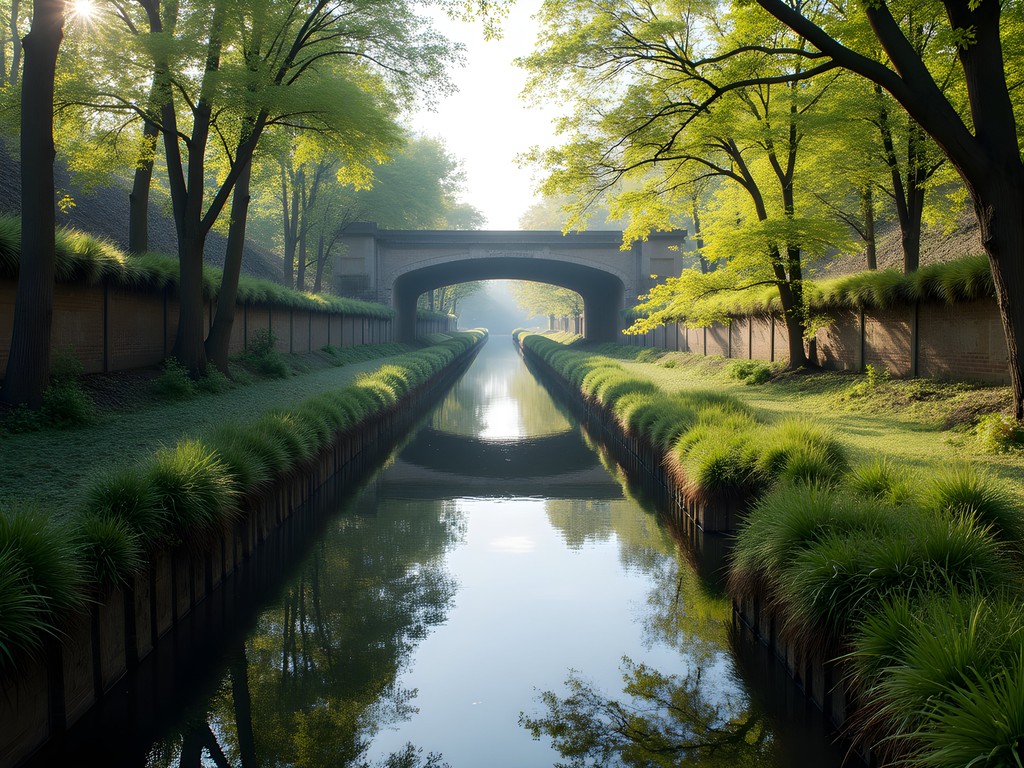
💡 Pro Tips
- Visit early morning when wildlife is most active and the paths are less crowded
- Download the free Chicago Rivers app for self-guided historical information
- Pack a picnic to enjoy at River Park – there are few food options nearby
The Stockyards Gate: Chicago's Forgotten Agricultural Empire
When most people think of Chicago's history, they envision gangsters, skyscrapers, and deep-dish pizza. Few remember that this was once the livestock processing capital of America. The Union Stock Yard Gate, standing at Exchange Avenue and Peoria Street, is the last remaining structure from what was once a 475-acre complex that processed millions of animals annually and employed tens of thousands of workers.
Visiting this limestone gate with my Mexican-German perspective always strikes me deeply. The craftsmanship reminds me of European monuments, while the scale of industrial agriculture it represents connects to conversations I've had with my mother about rural farming traditions in Mexico.
What makes this site particularly valuable for families is the multifaceted history lesson it offers. Children can grasp concrete concepts about food production, immigration waves, labor movements, and technological evolution – all from one modest monument that most tourists completely overlook.
The nearby Stockyards Park includes informative plaques that help visualize what once stood here. I recommend bringing a pocket guidebook to provide additional context about Upton Sinclair's exposé "The Jungle" and the subsequent food safety regulations that changed American industry forever – something that resonates with my professional background in safety inspection.
When I visited last spring with friends, we were completely alone at this historical site despite its tremendous significance. We spent nearly an hour tracing the outlines of former buildings and imagining the cacophony of sounds and smells that once defined this now-quiet neighborhood.
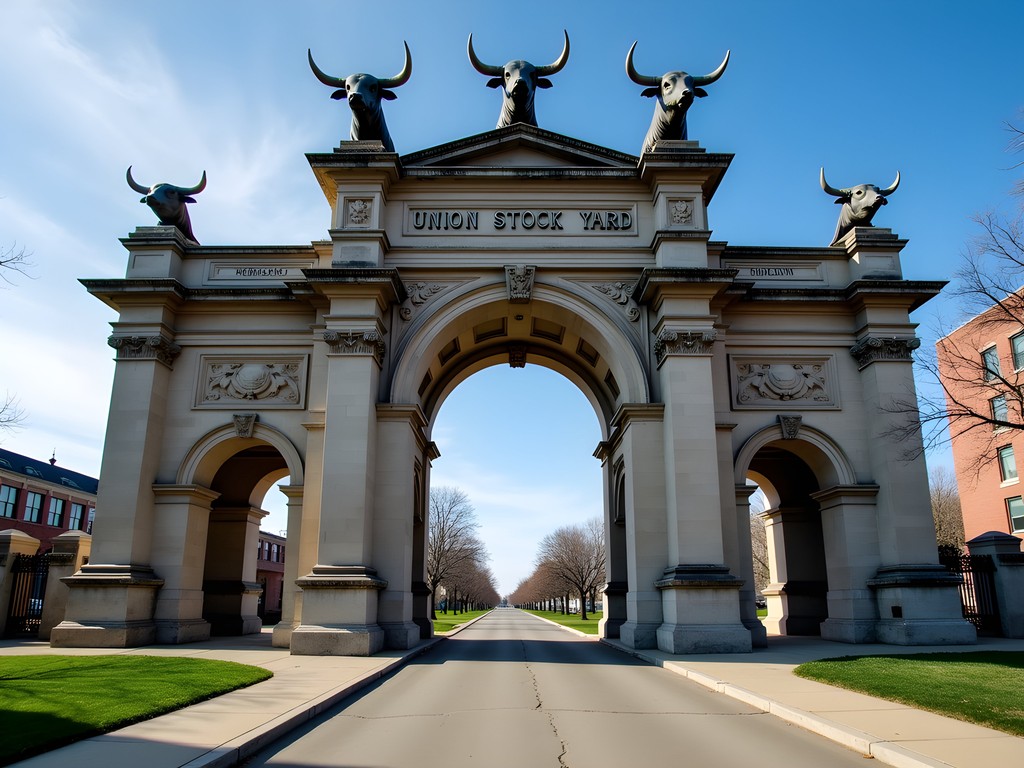
💡 Pro Tips
- Combine with a visit to the nearby Stockyards Park for the full historical context
- Visit on weekdays to avoid the few tour groups that occasionally stop by
- The area is not as developed for tourism, so bring water and snacks
Chicago's Underground Pedestrian Tunnels: The Hidden Network
Beneath Chicago's bustling streets lies a forgotten world that few tourists ever discover. The Pedway – a system of underground pedestrian tunnels and overhead bridges – connects about 40 blocks in the Central Business District. While not ancient history, this overlooked network tells a fascinating story about urban planning and Chicago's adaptation to harsh winters.
What makes the Pedway special for budget-conscious families is that it's completely free to explore, offers climate-controlled refuge during unpredictable spring weather, and feels like a secret adventure for children. My safety inspector instincts appreciate how this system efficiently moves people while protecting them from traffic and weather hazards.
"Es ist wie eine Stadt unter der Stadt" – it's like a city beneath the city – is what I found myself saying during my first exploration. The network includes shops, restaurants, transit connections, and access to major buildings, all without ever stepping outside.
The most historically interesting sections connect the Cultural Center to the former Marshall Field's building (now Macy's). Here, beautiful mosaic floors and vintage architectural details reveal the system's evolution since the 1950s. I particularly enjoy pointing out to young travelers how the different sections reflect the design aesthetics of their respective decades.
Navigating the Pedway can be confusing without guidance. I recommend downloading the free Chicago Pedway map before your visit, or joining one of the affordable guided tours that operate on weekdays. For families with young children who need occasional breaks, the Pedway offers numerous seating areas and accessible restrooms – practical considerations that make a big difference during a day of exploration.
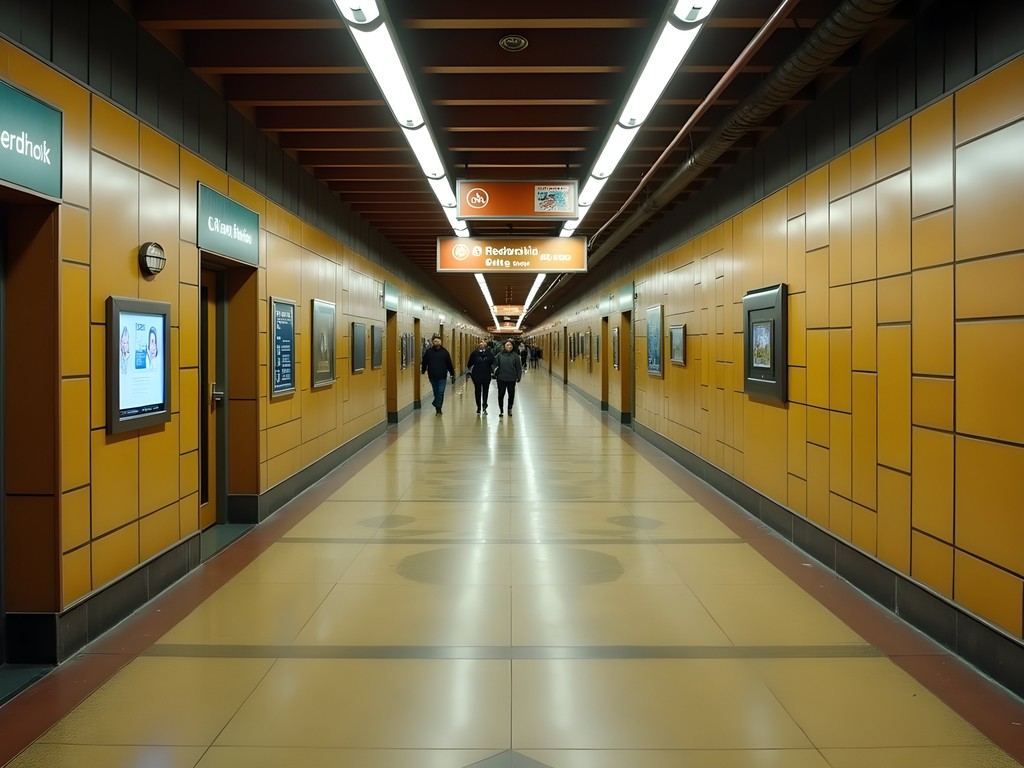
💡 Pro Tips
- Enter through the Cultural Center for the most architecturally interesting starting point
- Visit on weekdays when all sections are open and businesses are operating
- Look for the subtle Pedway compass signs to help with navigation underground
Pullman Historic District: America's First Planned Industrial Community
Far from downtown Chicago's glitter lies the Pullman Historic District – a revolutionary company town built in the 1880s by George Pullman for the employees of his railroad car company. Recently designated as a National Monument, this neighborhood remains surprisingly overlooked by tourists despite its tremendous significance in American labor and urban planning history.
As someone who grew up between Germany's efficient urban planning and Mexico's more organic community development, Pullman fascinates me as an early American attempt to create the "perfect" workers' community. The distinctive red brick buildings, organized in hierarchical housing tiers that reflected employee status, tell a visual story about class structure in industrial America.
For families on a budget, Pullman offers exceptional value. The visitor center provides free orientation, and walking the streets costs nothing while delivering a powerful history lesson. The preserved Hotel Florence and Administrative Building offer affordable guided tours that bring the story of the famous 1894 Pullman Strike to life.
During my spring visit last year, I was struck by how the blooming trees and gardens softened the rigid urban grid, much like how the workers' solidarity eventually softened the harsh working conditions through their famous strike. This neighborhood provides a perfect opportunity to discuss labor history, workers' rights, and community design with children in a tangible setting they can see and touch.
I recommend packing a lightweight backpack with water bottles and snacks, as food options remain limited in this area. The spacious side pockets are perfect for carrying a guidebook and water bottles, while the internal organization keeps your camera accessible for documenting this architectural time capsule.
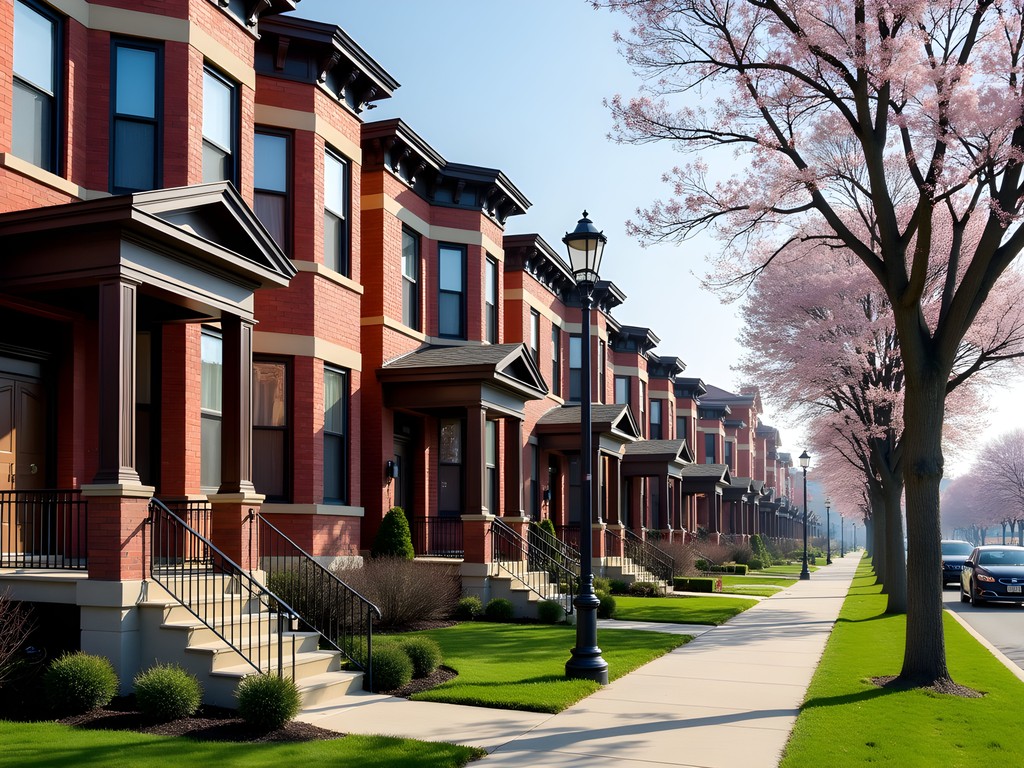
💡 Pro Tips
- Start at the Visitor Center for orientation and to check the schedule of ranger-led programs
- Visit on the first Sunday of the month when more historic buildings are open to the public
- Allow at least 2-3 hours to properly explore the neighborhood on foot
Essanay Studios: Chicago's Forgotten Hollywood
Before Hollywood became synonymous with American filmmaking, Chicago was a major film production center, and Essanay Studios stood at its heart. Located at 1345 W. Argyle Street in Uptown, this unassuming building once produced silent films starring Charlie Chaplin, Gloria Swanson, and Wallace Beery.
What draws me to this site is how completely it has vanished from popular knowledge. Most Chicagoans walk past without realizing they're passing the birthplace of American cinema. The building now houses St. Augustine College, but exterior elements of the original studio remain visible if you know where to look.
For families with film-loving children, this stop creates a wonderful opportunity to discuss early cinema history. I recommend bringing a portable tablet preloaded with some Chaplin short films to watch after viewing the building – creating a then-and-now comparison that brings history alive. The tablet's long battery life means you won't have to worry about running out of power during your day of exploration.
During my visit, I couldn't help but think of the parallels between early filmmaking and today's social media content creation. Both represent revolutionary changes in how stories are told and distributed. This connection makes the site particularly relevant for today's technology-savvy children.
"Die Geschichte wiederholt sich" – history repeats itself – as my German teachers would say. The migration of film production from Chicago to California reminds me of how industries continue to relocate based on economic and technological factors, something I've observed in my safety inspection work across different sectors.
While the building interior isn't open to the public, the exterior and surrounding Uptown neighborhood offer plenty to explore, including vintage theaters and architecture that reflect the area's entertainment history.
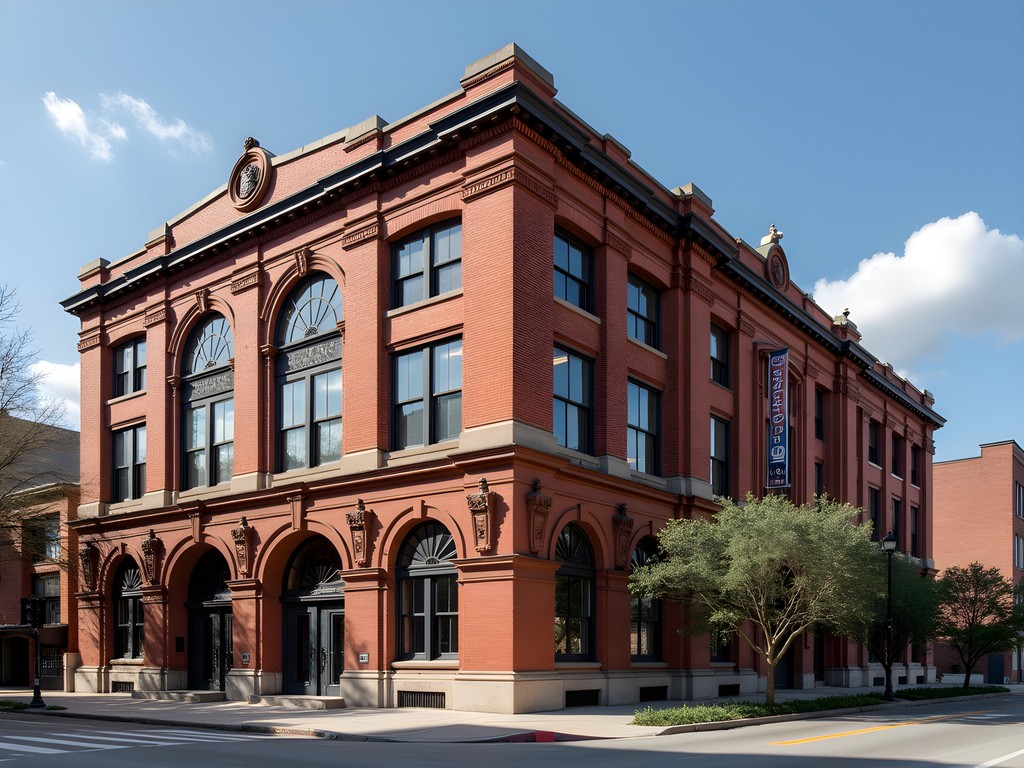
💡 Pro Tips
- Visit the adjacent Essanay Gardens Park which features informational plaques about the studio's history
- Combine with a walk down Broadway in Uptown to see historic theaters from the same era
- The Charlie Chaplin statue that was once here has been moved to Lincoln Park – consider visiting it afterward
Graceland Cemetery: An Open-Air Architectural Museum
While visiting cemeteries might not immediately appeal to families with children, Graceland Cemetery in Chicago's Uptown neighborhood offers an exceptional educational experience that transcends the typical graveyard visit. This 119-acre Victorian-era cemetery serves as an open-air museum featuring stunning architectural monuments designed by famous architects like Louis Sullivan, Daniel Burnham, and John Root.
As someone who appreciates both European cemetery traditions and Latin American approaches to remembering the dead, I find Graceland particularly fascinating for its blend of architectural grandeur and peaceful natural setting. The cemetery's rolling landscape, designed by noted landscape architect O.C. Simonds, was revolutionary for its time and created a park-like atmosphere that remains today.
For families, Graceland offers a respectful way to discuss history, architecture, and even mortality in a beautiful setting. The free maps available at the entrance highlight notable monuments and the famous Chicagoans buried here, from Marshall Field to Jack Johnson and Ludwig Mies van der Rohe.
During spring visits, the cemetery's mature trees and flowering shrubs create a particularly beautiful backdrop for the architectural treasures scattered throughout. Children are often captivated by the Getty Tomb (designed by Louis Sullivan), which resembles an Egyptian temple, and the famous "Eternal Silence" statue with its haunting hooded figure.
From my safety perspective, I appreciate how well-maintained the pathways are, making this an easy walk for families with children of all ages. The cemetery is open to respectful visitors daily, and the peaceful atmosphere provides a welcome respite from the city's noise and crowds.
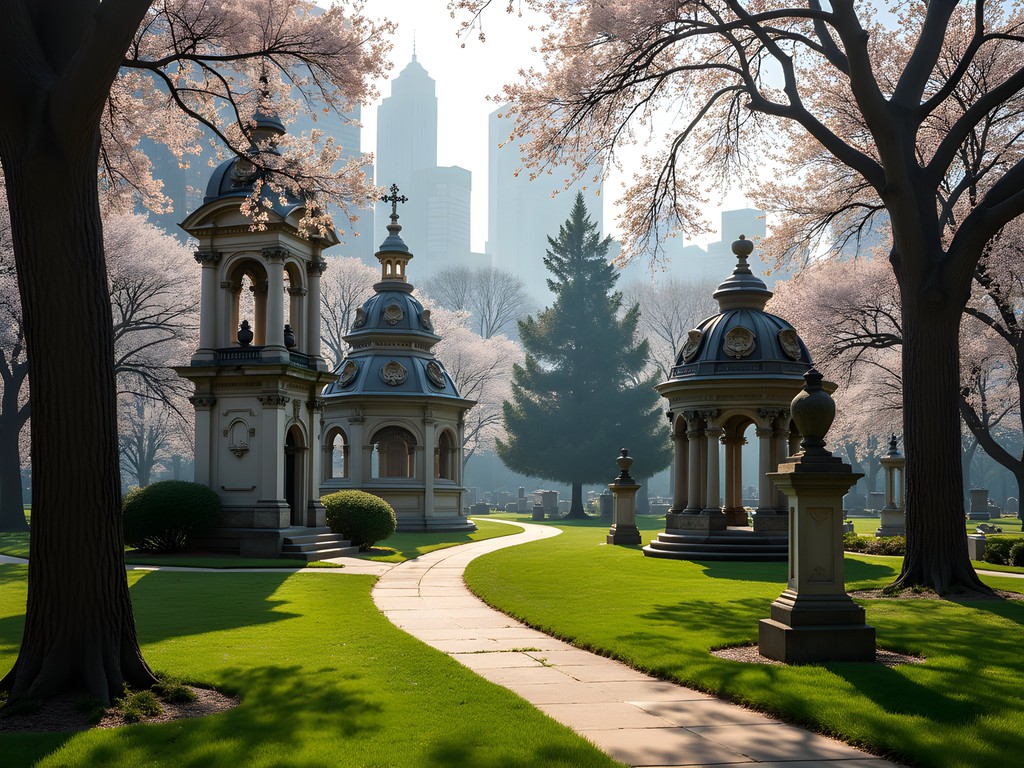
💡 Pro Tips
- Pick up a free map at the entrance that highlights the most significant monuments and graves
- Visit on weekday mornings for the most peaceful experience
- Photography is permitted for personal use, but be respectful of any funeral services in progress
The 1893 World's Fair Hidden Remnants
The 1893 World's Columbian Exposition transformed Chicago and American culture, yet surprisingly few physical remnants remain visible today. While most tourists visit the Museum of Science and Industry (the former Palace of Fine Arts), dedicated history hunters can discover several overlooked traces of this momentous event scattered throughout Jackson Park and beyond.
My fascination with world's fairs stems from visiting Expo sites in Europe with my father as a child. These international exhibitions were the 19th century equivalent of viral social media – spreading new ideas, technologies, and cultural exchanges across the globe. Chicago's fair was particularly influential, introducing everything from the Ferris Wheel to Cracker Jack and shaping American architectural aesthetics for decades.
For families exploring Jackson Park, the Statue of the Republic (a smaller replica of the original 65-foot gilded sculpture) provides an excellent starting point. From there, follow the original fair layout to discover the surprisingly intact Wooded Island, designed by Frederick Law Olmsted as a peaceful retreat from the fair's excitement.
The most magical moment for children is often finding the partially submerged foundations of fair buildings visible along the lagoon shores when water levels are low. These concrete ghosts spark imagination about the grand "White City" that once stood here.
I recommend bringing a portable charger for this exploration, as you'll likely want to use your phone for maps, historical photos, and taking pictures throughout the day. Jackson Park is expansive, and having a reliable power source ensures you won't miss documenting your discoveries.
"Was für ein Kontrast" – what a contrast – between the temporary spectacle that attracted 27 million visitors and the subtle traces remaining today. This juxtaposition creates a powerful lesson for children about impermanence and legacy that goes beyond typical tourist experiences.
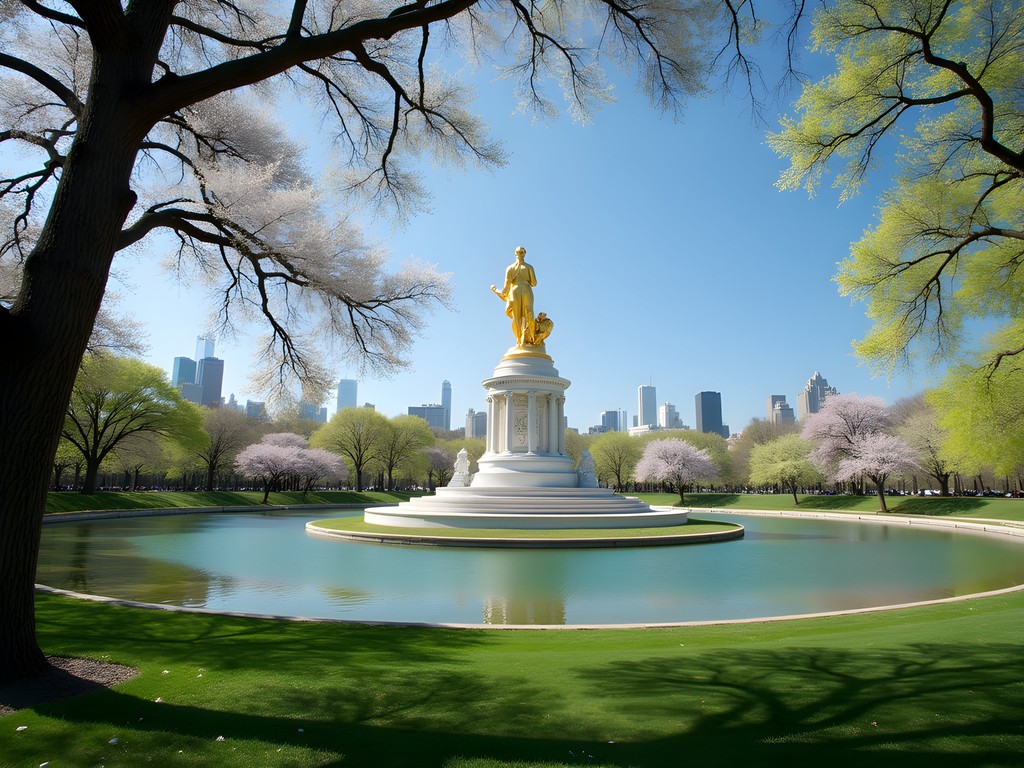
💡 Pro Tips
- Download the free 1893 World's Fair app that overlays historical photos on current locations
- Visit the Chicago History Museum before your park exploration to see artifacts from the fair
- The Japanese Garden on Wooded Island is a direct legacy of the fair's Japanese exhibition
Pilsen's Bohemian Past and Mexican Present
Chicago's Pilsen neighborhood offers a uniquely layered historical experience that resonates deeply with my own multicultural background. Originally settled by Czech immigrants (who named it after the Czech city of Plzeň), the neighborhood transformed in the mid-20th century as Mexican families moved in, creating one of the most vibrant Latino communities in the Midwest.
What makes Pilsen special for history-minded families is how clearly you can see both cultural layers coexisting. The stunning St. Procopius Church with its distinctive twin spires represents the Bohemian era, while the vibrant murals along 16th Street and the National Museum of Mexican Art showcase the neighborhood's Mexican heritage.
For me, walking these streets feels like a physical manifestation of my own Mexican-German identity – different cultures building upon each other rather than erasing what came before. I often tell friends that Pilsen offers the most authentic cultural immersion experience in Chicago without needing a passport.
Families will appreciate that Pilsen remains refreshingly affordable compared to other Chicago neighborhoods. The National Museum of Mexican Art offers free admission, the street art provides an open-air gallery experience, and local taquerías serve delicious, budget-friendly meals.
During spring visits, I recommend exploring the neighborhood on foot to discover hidden architectural details like the Bohemian-style lintels above doorways now adorned with Mexican ceramic tiles. These small touches tell the story of cultural transition better than any museum exhibit could.
The neighborhood's flat terrain makes it easily walkable for families with children, though I recommend wearing comfortable shoes as you'll want to explore numerous side streets to discover hidden murals and architectural gems. If you visit on a Sunday, you might catch the vibrant Maxwell Street Market nearby, which continues a century-old tradition of immigrant entrepreneurship.
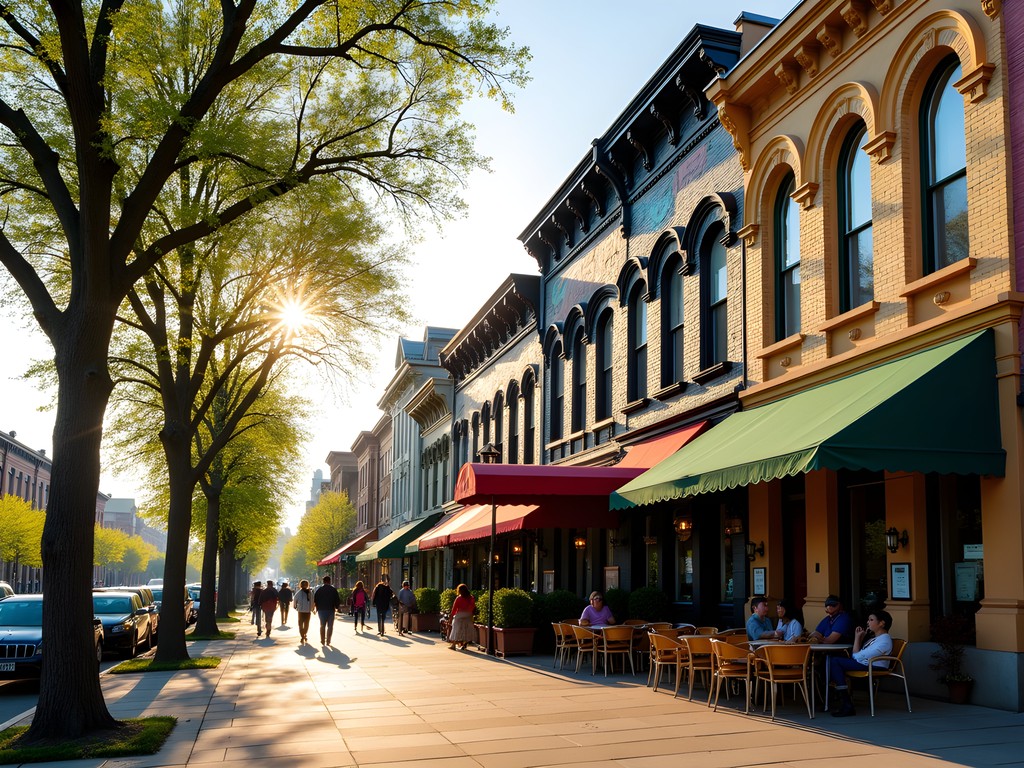
💡 Pro Tips
- Visit the National Museum of Mexican Art first for context about the neighborhood's evolution
- Sunday mornings offer the best combination of open businesses and manageable crowds
- Look up while walking to spot the distinctive architectural details on buildings
Final Thoughts
As we conclude our journey through Chicago's overlooked historical treasures, I'm reminded that the most meaningful travel experiences often lie beyond the obvious attractions. These eight sites offer families not just a budget-friendly alternative to Chicago's more expensive tourist destinations, but a deeper, more nuanced understanding of the forces that shaped this remarkable American city. What I find most valuable about these overlooked gems is how they spark conversations across generations – whether about labor rights at Pullman, immigration patterns in Pilsen, or technological innovation at the World's Fair site. Like the layered history of my own Mexican-German heritage, Chicago reveals itself most honestly through these intersecting stories. Bis zum nächsten Abenteuer – until the next adventure – I encourage you to look beyond the glossy tourist brochures and discover your own forgotten Chicago. The city's hidden historical corners await your curiosity.
✨ Key Takeaways
- Chicago's overlooked historical sites offer budget-friendly alternatives to expensive tourist attractions
- Spring provides ideal weather for exploring outdoor historical sites before summer crowds arrive
- Many of these sites connect to broader themes in American history that children can relate to their school curriculum
- The layered immigrant history of Chicago mirrors the broader American experience in accessible, tangible ways
📋 Practical Information
Best Time to Visit
April-May for mild weather and blooming gardens
Budget Estimate
$100-200 for a family weekend excluding accommodations
Recommended Duration
2-3 days
Difficulty Level
Easy


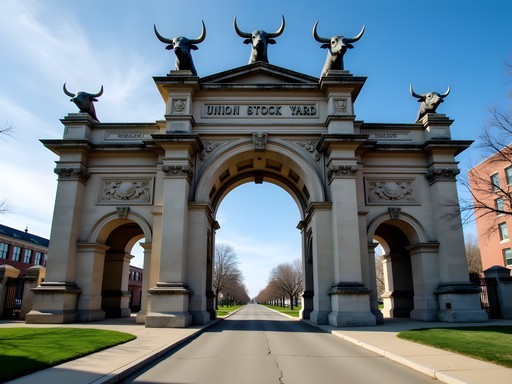

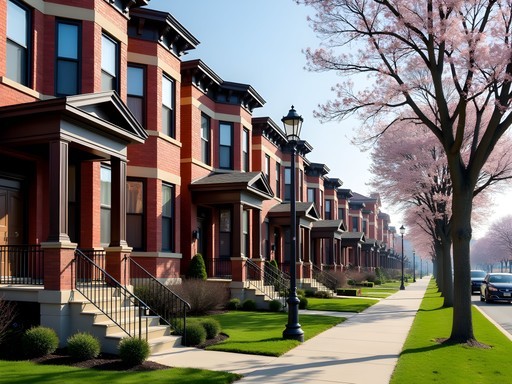
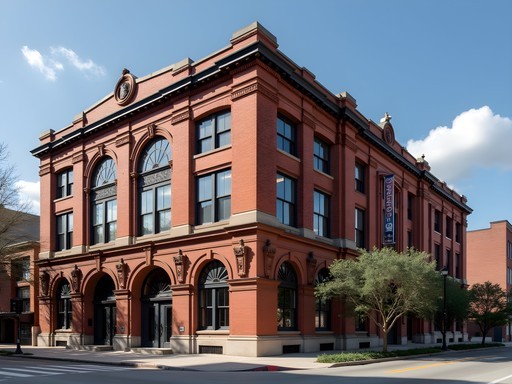
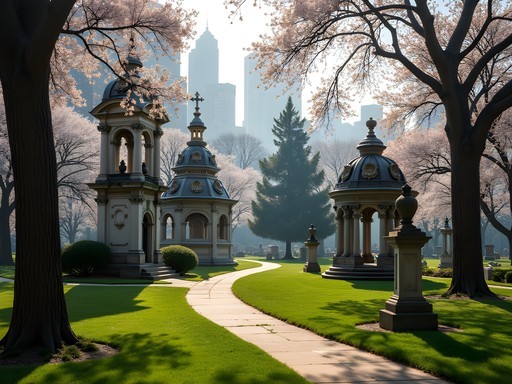


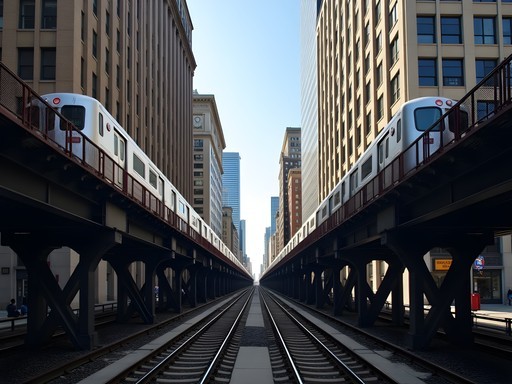
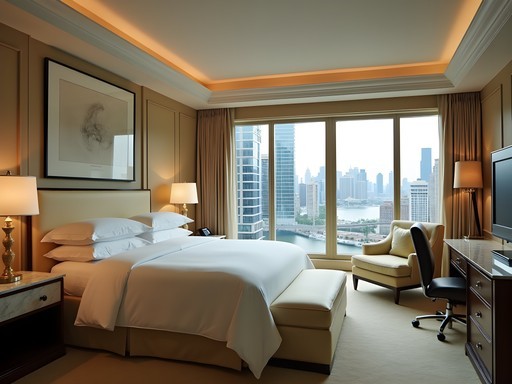
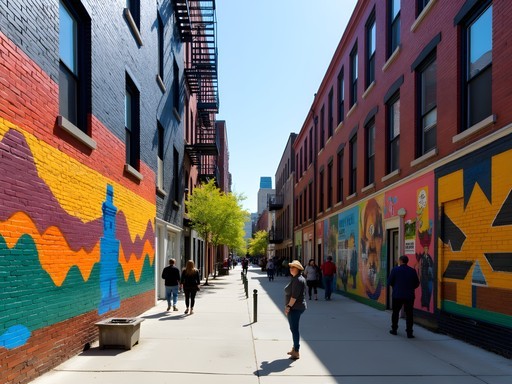

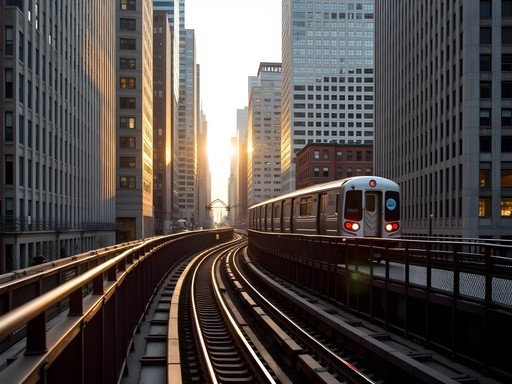

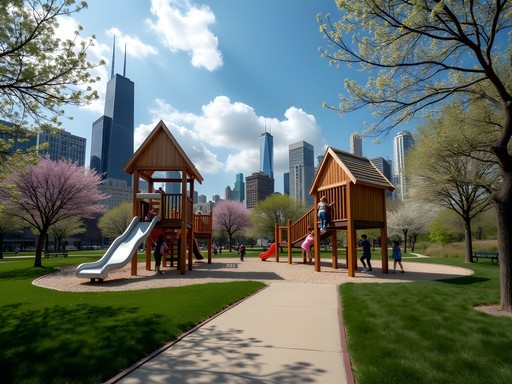
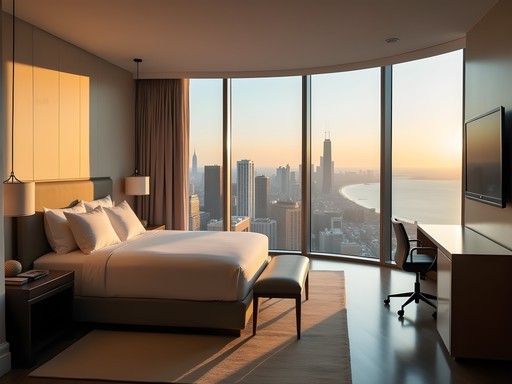
Comments
moonpro
Great post! I'm an amateur photographer - which of these sites would you say is most photogenic? I only have one day to explore.
luckylegend
Not the author but I'd recommend the Stockyards Gate for sure. The lighting in late afternoon makes for dramatic shots of that massive stone entrance. Just bring a wide angle lens - it's bigger than it looks in photos!
vacationblogger
Those underground pedestrian tunnels sound amazing! Adding to my list for next month's trip!
Claire Hawkins
The tunnels are incredible! When we took our kids last summer, they were absolutely fascinated by the 'secret underground city' as they called it. Just a tip: it can be a bit confusing to navigate, so I'd recommend downloading the Chicago Pedway map before you go. Also, some sections are closed on weekends, so weekdays are better for exploring the full network!
vacationblogger
Thanks for the tip about weekdays! I'll be there Tuesday-Friday so perfect timing.
luckylegend
Just visited the Pullman Historic District last weekend! Fascinating place that feels completely different from the rest of Chicago. The tour guide mentioned it was one of the first company towns in America - crazy to think about how much control they had over workers' lives. The architecture is surprisingly well-preserved. Definitely worth the trip to the South Side if you're into industrial history. We spent about 3 hours there including the museum.
moonpro
Did you need a car to get there? Wondering if it's accessible by public transport.
luckylegend
We took the Metra Electric line from downtown, then walked about 10 minutes. Super easy!
Amit Sullivan
Brilliant article, Jennifer! Your perspective on Chicago's layered history reminds me of my own experience documenting forgotten urban spaces. The Chicago River system section particularly resonated with me - I took a kayak tour last summer that explored some of the less-traveled branches, and it was like discovering a whole different city. I'd add one more overlooked gem to your list: the Graceland Cemetery. Beyond being the resting place of Chicago's architectural giants like Louis Sullivan and Daniel Burnham, it's a masterclass in landscape design and Victorian memorial art. The Tomb of Getty is particularly haunting. Your writing captures that perfect balance between historical context and practical visitor information. Looking forward to your next hidden history piece!
hikingphotographer
Are the underground pedestrian tunnels actually accessible to the public? Heading to Chicago next month and would love to check them out!
Amit Sullivan
Some sections are definitely accessible! Parts of the Pedway connect major buildings downtown and are open during business hours. Great escape from winter weather. I recommend starting at the Cultural Center where you can pick up a map. Bring a good camera - the lighting creates some fascinating photo opportunities down there.
hikingphotographer
Thanks for the tip! Will definitely check out the Cultural Center first. Any particular section of the tunnels you'd recommend?
Amit Sullivan
The section connecting the Macy's building (old Marshall Field's) to the subway is quite interesting with some historical elements. I used my pocket guidebook which had a decent map of the system. The tunnels near City Hall have some interesting architectural details too!
moonguide
Just visited the Pullman Historic District last month and was blown away! Can't believe it's not on more tourist itineraries. The architecture tells such an amazing story about American industrial history. The guide mentioned that many Chicagoans don't even know about it. We spent about 3 hours exploring and it was definitely worth the trip south. Jennifer, did you get to see the inside of any of the old row houses?
Amit Sullivan
Pullman is such a gem! I was there last year researching for my own blog and found the visitor center staff incredibly knowledgeable. Did you check out the old factory buildings? The scale of Pullman's vision was truly remarkable for its time.
moonguide
Yes! The factory buildings were incredible. Hard to imagine that entire community revolving around one company. The contrast between the executive homes and worker housing was eye-opening.
vacationmaster
Just got back from Chicago and used this as our guide for a day of exploring. The underground tunnels were a lifesaver during a surprise rainstorm! Thanks for the recommendations!
Nicole Russell
This post speaks to my SOUL! I'm all about finding those hidden historical gems. The Pullman District was actually the inspiration for my own blog series on industrial heritage sites across America. If you're visiting, definitely check out the exhibit on the Pullman Porters and their role in the civil rights movement - it's tucked away in a corner but contains some powerful artifacts and stories. I spent hours there just taking it all in. Jennifer, your writing style really captures that sense of peeling back layers of history - looking forward to more of your Chicago insights!
moonchamp
I've been to Chicago three times and always did the same tourist circuit - Willis Tower, The Bean, Navy Pier. This is exactly what I needed for my next visit! I love how you explained the historical significance of each place instead of just listing attractions. The river system history especially interests me as someone who enjoys kayaking. Any particular section you'd recommend for a water-level view of the city?
smartguy
Not the author but I've kayaked the North Branch - less crowded and more natural feeling. The downtown section has amazing architecture views though!
George Hayes
Jennifer, this is gold! We took our kids (8 and 11) to the Stockyards Gate last summer and turned it into a whole history lesson about Chicago's industrial past. They were fascinated by the scale model showing how the stockyards once looked. We followed it up with lunch at a nearby diner where the owner shared stories about how his grandfather worked there. Those unplanned local connections always make the best travel memories! The kids still talk about 'meat city' (their nickname for it) months later.
Venture X
Premium card with 2X miles, $300 travel credit, Priority Pass